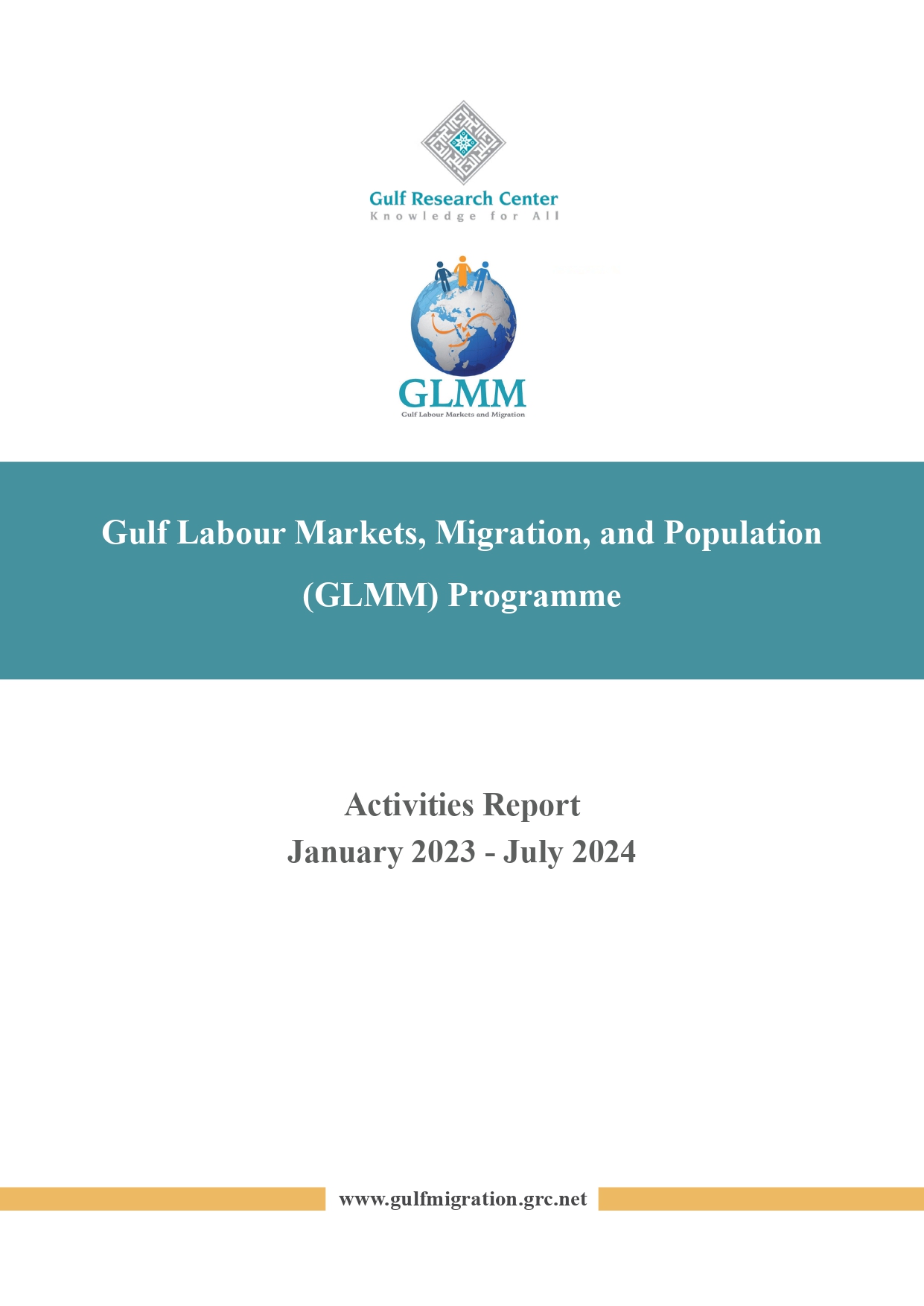Kuwait: Population by nationality group and sex (2021)

| Males | Females | Total | % females | |
| Kuwaitis | 729,638 | 759,078 | 1,488,716 | 51.0 |
| Arabs | 811,621 | 398,634 | 1,210,255 | 32.9 |
| Asians | 1,100,082 | 512,150 | 1,612,232 | 31.8 |
| Africans | 10,223 | 28,792 | 39,015 | 73.8 |
| Europeans | 7,654 | 7,126 | 14,780 | 48.2 |
| N. Americans | 10,206 | 7,263 | 17,469 | 41.6 |
| S. Americans | 1,094 | 834 | 1,928 | 43.3 |
| Australians/ Oceanians | 748 | 574 | 1,322 | 43.4 |
| Total non-Kuwaitis | 1,941,628 | 955,373 | 2,897,001 | 33.0 |
| Total | 2,671,266 | 1,714,451 | 4,385,717 | 39.1 |
Source: PACI
ANNEXED NOTE
- Characteristics of data and definitions
The source of data used here is the Public Authority for Civil Information (PACI), an independent government body in charge of:
1- centralising all population and labour force data to manage a fully computerised population register
2- issuing mandatory civil identification cards to every resident of the country, regardless of age and nationality.
(a) Kuwaiti: the Kuwaiti nationality rests upon a document of Kuwaiti nationality or a certificate proving Kuwaiti nationality issued by the Ministry of Interior of Kuwait.
(b) Non-Kuwaiti: his/ her nationality is determined by the name of the State which issued the passport. The foreign national also entered Kuwait legally and has a stamp of residence.
This category includes the Bidoon, a category of stateless persons living in the Emirate.
(c) Nationality group: collected according to the nationality of the head of the household.
Nationalities are grouped according to specific features common to certain population subgroups: language, geographic origin, etc. or according to internationally recognized categories such as: (Arab / non-Arab Asian countries / non-Arab African countries; European countries … etc.).
- Institution which provides data
The Public Authority for Civil Information (PACI)
- Period of data coverage:
31 December.
The database is updated twice a year and the website presents only the most recent data.
- Data availability
The statistics section of PACI’s website (http://www.paci.gov.kw/en/ (English); http://www.paci.gov.kw/ (Arabic)) provides population and socio-economic data broken down by nationality (Kuwaiti/ non-Kuwaiti). Some data are displayed by nationality groups.
Analytical tables and data crosstabulations are available for download in PDF, html, .png and Excel (.csv) formats.
PACI website has been inaccessible from outside Kuwait since 2019.
Last date of attempted access: September 2022.
GLMM and GRC cannot guarantee that the link to access the source will not change; that the information will not be removed from the website it was obtained from; that no geo-blockages will be imposed; or that the information will not be available for any another reason.
Similar Posts:
- Kuwait: Population by nationality group and sex (2018)
- Kuwait: Population by nationality group (2018)
- Population by nationality group, sex and age group (Kuwait) (2012)
- Kuwait: Population by nationality group, sex and age group (Kuwait, December 2014)
- Kuwait: Population by nationality group, sex and age group (Kuwait, December 2013)
































































